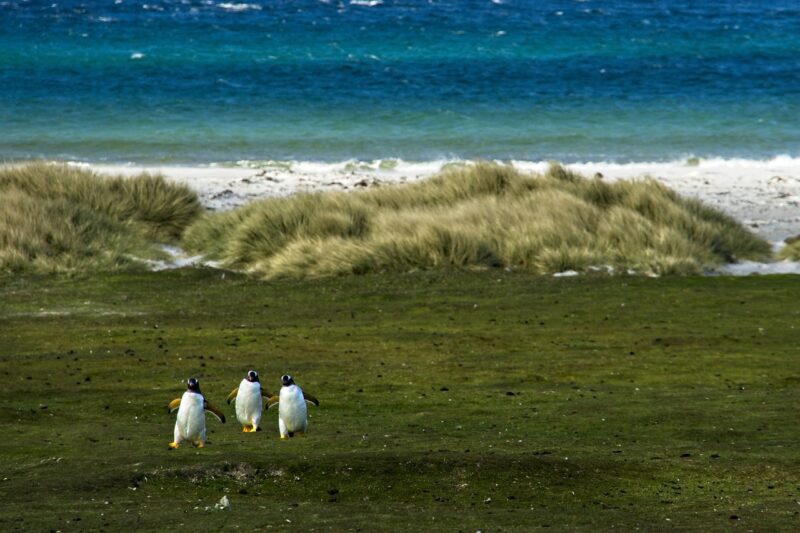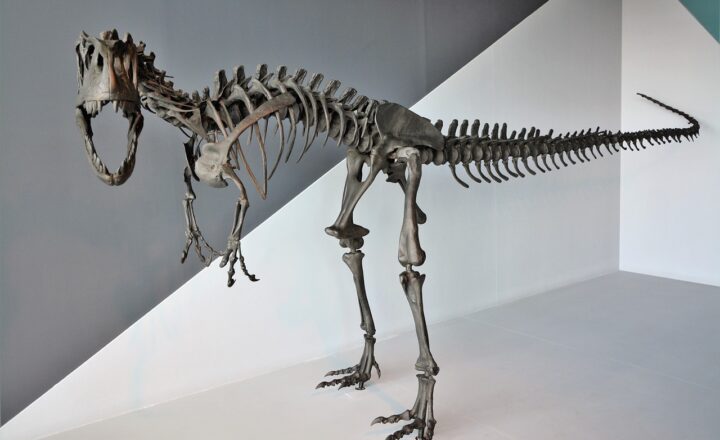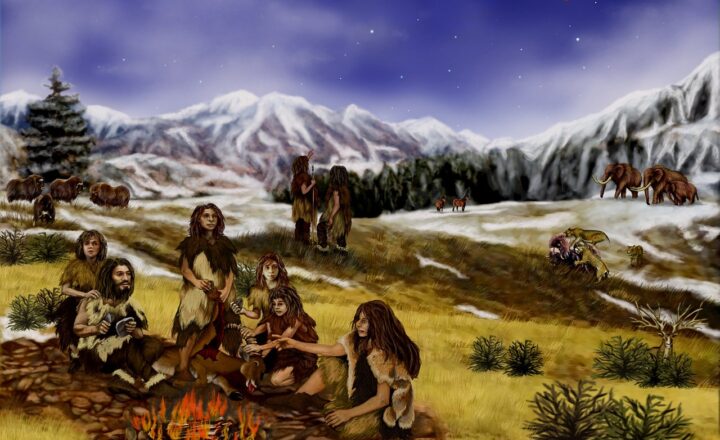How Dinosaurs Adapted to Their Environments: A Journey Through Diverse Habitats
November 14, 2024

Dinosaurs, the magnificent creatures that roamed the Earth millions of years ago, displayed an extraordinary range of adaptations that allowed them to thrive in a variety of habitats. Covering diverse climates from lush rainforests to arid deserts and frigid tundras, their adaptations reveal the incredible resilience and versatility of life. In this article, we will embark on a journey through the fascinating world of dinosaurs, exploring how they adapted to their environments and what that means for our understanding of evolution and ecology.
1. Understanding Dinosaur Diversity
To grasp the adaptations of dinosaurs, it is essential to recognize the diversity within this group. Dinosaurs are broadly categorized into two main clades:
- Saurischia: This group includes theropods (like Tyrannosaurus rex and Velociraptor) and sauropodomorphs (like Brachiosaurus and Diplodocus).
- Ornithischia: Comprised of herbivores like Stegosaurus and Triceratops, this clade displayed a wealth of unique adaptations.
With almost 700 known species, and many more yet to be discovered, their evolutionary journey charts a remarkable history of survival. Understanding their adaptations requires examining how different species responded to their environmental challenges.
2. Climate and Habitat Diversity
Dinosaurs existed in various habitats, which can be broadly categorized into five key types based on climate. Each influenced their evolution in unique ways:
- Tropical Rainforests: As hosts to a plethora of plant species, these lush environments provided abundant food and shelter for herbivorous dinosaurs. Species like the Apatosaurus evolved long necks to reach high vegetation.
- Coastal Regions: The proximity to the ocean meant ample food sources like fish and marine plants. Some dinosaurs developed unique feeding strategies for aquatic hunting, seen in theropods like Spinosaurus, which had adaptations for swimming.
- Arid Deserts: Dinosaurs that thrived in these dry conditions, such as certain hadrosaurs, evolved features to retain water, including skin texture and behavior, like nocturnal activity patterns to escape the heat of the day.
- Temperate Forests: The changing seasons influenced the adaptations of dinosaurs like the armored Ankylosaurus, which developed tough skin and the ability to camouflage with surrounding foliage to evade predators.
- Polar Regions: In these cold climates, some smaller species of dinosaurs demonstrated behavioral adaptations, moving to warmer regions or hibernating during harsh winters, similar to modern-day migratory bird behaviors.
Exploring these varied climates gives insight into how different dinosaur species adapted over time, showcasing their resilience in response to ecological pressures.
3. Structural Adaptations: Body Shapes and Sizes
The physical characteristics of dinosaurs significantly influenced how they interacted with their environments. This included structural adaptations related to body shape, size, and locomotion:
- Bipedalism vs. Quadrupedalism: Many theropods were bipedal, allowing for fast movement through diverse terrains, which was vital for evading predators. Conversely, quadrupedal dinosaurs like Stegosaurus adapted to support their heavy bodies while accessing ground-level vegetation.
- Body Size Variation: The size of dinosaurs ranged dramatically from the small Compsognathus, which could evade larger predators, to the giant Argentinosaurus, which could reach high foliage, demonstrating different survival strategies within their ecosystems.
- Specialized Limb Structures: Limb adaptations also played a critical role. Some hadrosaurs had broad, webbed feet for stability in swamps, while theropods showcased sharp claws for grasping and tearing prey.
The variety of body shapes and sizes in dinosaurs highlights their successful adaptation to specific ecological niches.
4. Feeding Strategies and Diets
Dinosaurs exhibited a remarkable range of feeding adaptations that facilitated survival within their specific habitats:
- Herbivorous Adaptations: Many dinosaurs, such as the long-necked Brachiosaurus, developed flat teeth suited for stripping leaves, enabling them to consume the abundant foliage found in forests.
- Carnivorous Adaptations: Predatory dinosaurs like Tyrannosaurus rex had strong jaws and sharp teeth for gripping and slicing through flesh, showcasing an evolutionary design optimized for hunting.
- Omnivorous Tendencies: Some dinosaurs, such as certain types of theropods, displayed flexibility in their diet, consuming both plants and smaller animals, allowing them to thrive in fluctuating environments.
Through these feeding strategies, dinosaurs rapidly adapted to exploit the resources available in their respective habitats, enhancing their chances of survival.
5. Behavioral Adaptations: Social Structures and Nesting
Dinosaurs also adapted behaviorally to their environments, manifesting in social structures and reproductive strategies:
- Social Behavior: Some herbivorous dinosaurs formed herds for protection against predators, creating support networks that increased their chances of survival and successful reproduction.
- Nesting Strategies: Nesting behavior varied, with certain species creating elaborate nests to protect their eggs, driven by the need to ensure the continuation of their lineage in challenging environments. Evidence of parental care indicates a high level of social interaction and investment in offspring.
- Migration Patterns: To cope with seasonal changes, some species likely adopted migratory patterns similar to modern herbivores, traveling to access food and mating sites, demonstrating adaptability to environmental shifts.
These behavioral adaptations underscore the complex social dynamics of dinosaurs, revealing that their survival depended not just on physical traits, but also on cooperative behaviors.
Conclusion: Lessons from the Dinosaurs
The study of how dinosaurs adapted to their environments can teach us much about resilience and adaptability in the natural world. As we face evolving ecological challenges today, understanding the diverse strategies that these ancient creatures employed can inspire us to appreciate and preserve the rich tapestry of life still present in our environments. Dinosaurs, through their various adaptations, remind us that survival is a dynamic process, requiring a keen awareness of changing conditions and the ability to adjust accordingly. By learning from their legacy, we can foster a deeper connection to the ecosystems we inhabit and ensure their health for generations to come.








